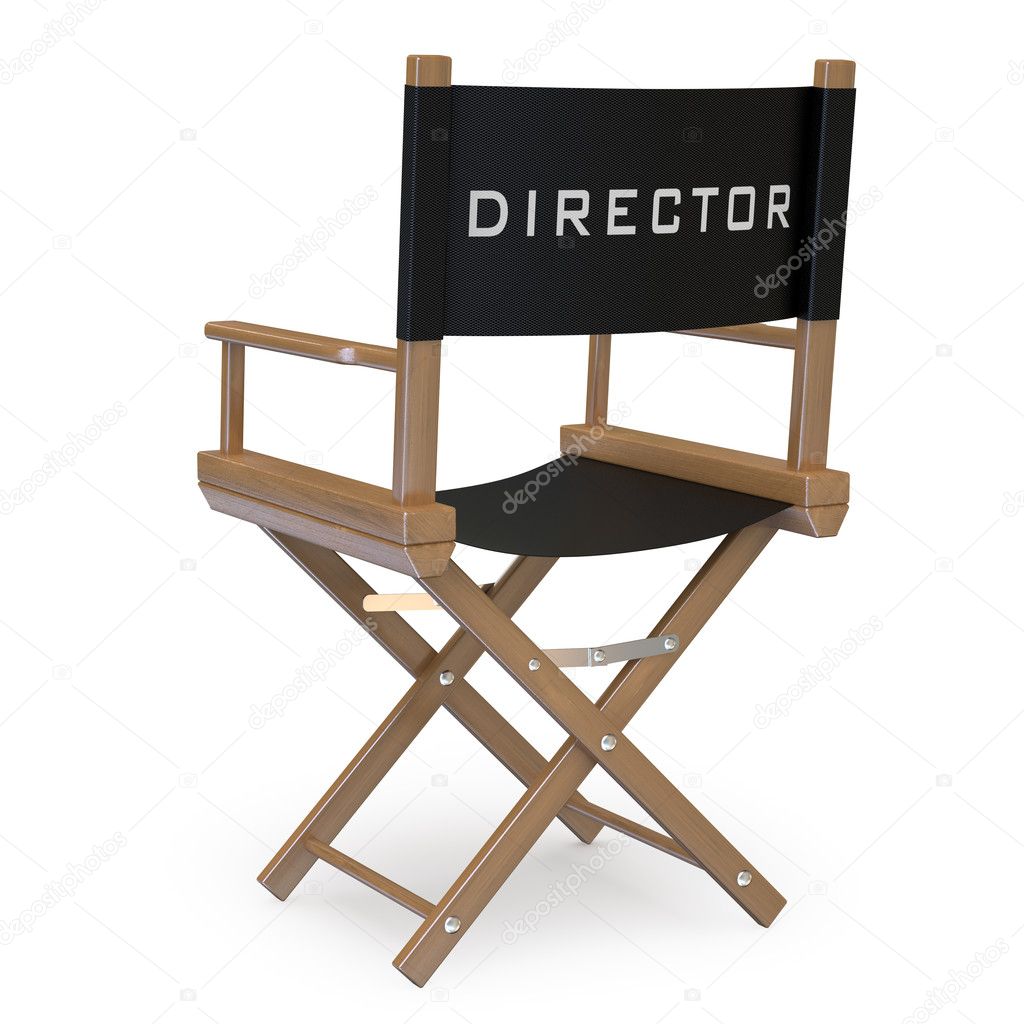The Power Dynamics of the Boardroom: Back Of Directors Chair

The boardroom, a space where decisions are made that can shape the fate of companies, is a complex arena of power dynamics. It’s a realm where the influence and responsibilities of the board of directors intertwine with the leadership of the CEO, ultimately shaping the company’s strategic direction. This dynamic interplay between the board and the CEO is crucial for effective governance and sustainable growth.
The Board’s Influence and Responsibilities
The board of directors plays a critical role in corporate governance, acting as a crucial link between the company’s management and its shareholders. Their responsibilities are multifaceted, encompassing oversight, guidance, and accountability. The board’s influence extends to various aspects of the company’s operations, including:
- Strategic Direction: The board sets the overall strategic direction of the company, ensuring alignment with shareholder interests and long-term sustainability. They approve major initiatives, mergers, and acquisitions, providing crucial guidance for the CEO and management team.
- Financial Oversight: The board oversees the company’s financial performance, reviewing financial statements, approving budgets, and ensuring compliance with regulatory requirements. They also play a role in risk management, evaluating potential financial threats and opportunities.
- Executive Compensation: The board determines the compensation packages for the CEO and other senior executives, ensuring their remuneration is aligned with company performance and shareholder interests.
- Corporate Social Responsibility: In today’s environment, boards are increasingly expected to oversee the company’s social and environmental impact. They play a role in developing and implementing corporate social responsibility policies, promoting ethical business practices, and ensuring sustainability initiatives.
The CEO-Board Relationship
The relationship between the CEO and the board of directors is a critical factor in a company’s success. This dynamic can be characterized as a collaborative partnership, where the CEO is responsible for implementing the board’s strategic direction while the board provides oversight and guidance.
- Shared Vision: The CEO and board must have a shared vision for the company’s future, aligning on strategic goals and objectives. This shared vision is essential for effective collaboration and a cohesive approach to decision-making.
- Open Communication: Clear and open communication between the CEO and the board is crucial for fostering trust and understanding. Regular meetings, transparent reporting, and proactive engagement are essential for maintaining a healthy and productive relationship.
- Mutual Respect: The CEO and board members must respect each other’s roles and responsibilities. The CEO should acknowledge the board’s oversight authority, while the board should trust the CEO’s expertise in managing the company’s day-to-day operations.
Decision-Making in the Boardroom, Back of directors chair
The boardroom is where strategic decisions are made, shaping the company’s future trajectory. The decision-making process involves a careful balance of perspectives, with the board considering the input of the CEO, management team, and other stakeholders.
- Collective Responsibility: The board operates as a collective body, with decisions made through consensus or majority vote. This collective responsibility ensures that decisions are well-considered and reflect the diverse perspectives of the board members.
- Data-Driven Decisions: The board relies on data and analysis to inform their decisions, seeking evidence-based insights to support their choices. This approach helps ensure that decisions are grounded in facts and not driven by personal biases or emotional reactions.
- Long-Term Perspective: The board’s focus is on long-term sustainability, considering the impact of decisions on the company’s future prospects. They are less concerned with short-term gains and more interested in ensuring the company’s long-term success.
Back of directors chair – The classic “back of the director’s chair” look is iconic for a reason – it screams authority and confidence. But let’s be honest, those chairs aren’t always the most comfortable for long hours. If you’re looking for a chair that offers both style and comfort, consider the Lorell Managerial Swivel Mesh Mid Back Chair.
It’s a modern take on the classic director’s chair, offering the same sleek silhouette but with added support and breathability. So, you can maintain that air of authority while still staying comfortable and focused.
The back of a director’s chair, with its iconic slatted design, has become a symbol of power and authority. But for a more relaxed and timeless aesthetic, consider the charm of a vintage low back chair. These chairs, with their graceful curves and often intricate details, exude a sense of history and elegance that complements any space, adding a touch of vintage sophistication to the director’s chair’s classic appeal.